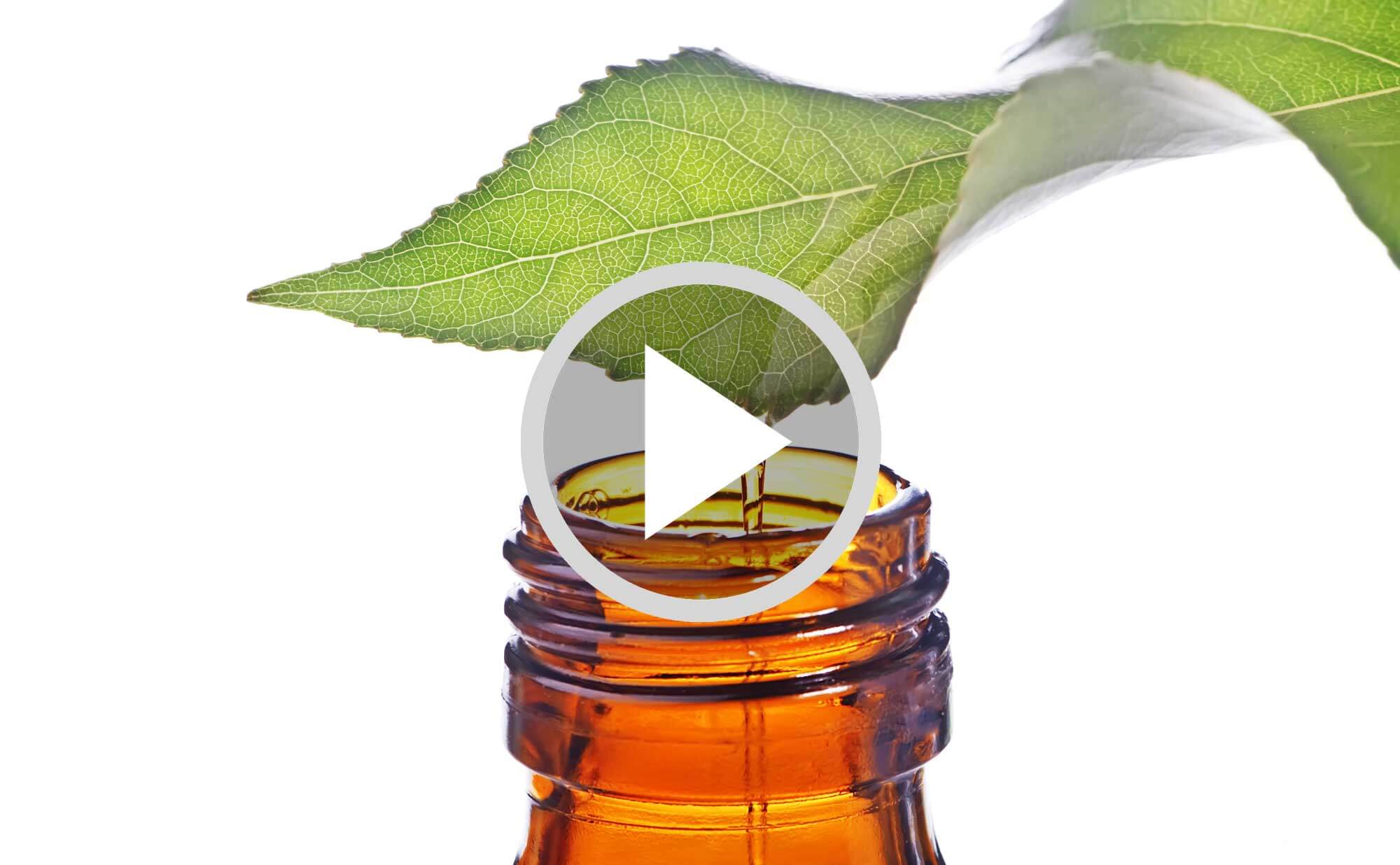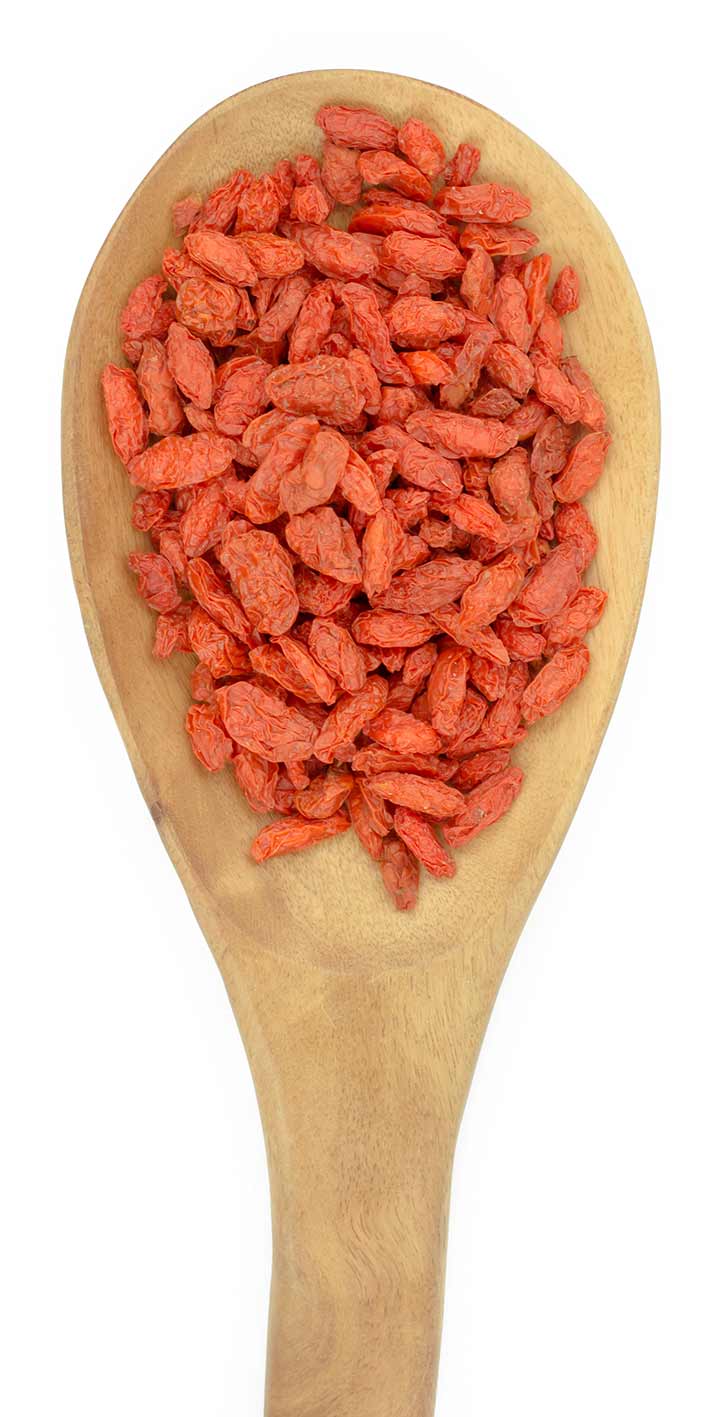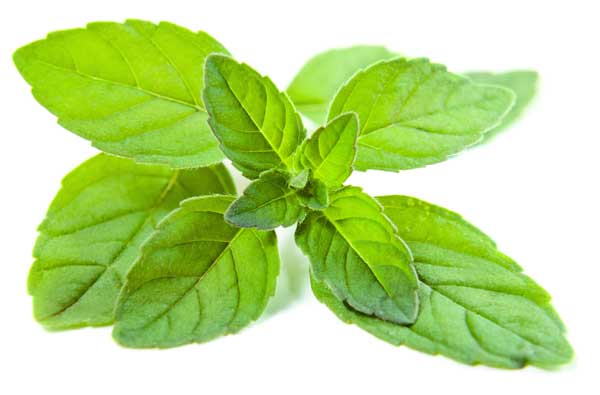There are several methods of colon cleansing that are popular with alternative medicine practitioners, which include colonic irrigation, herbal colon cleansing products, and enemas. The concept of colon cleansing is based on the idea that undigested food causes a buildup of toxins and mucus in the colon. This leads to a leaky gut, which then allows undigested food particles, toxins, and bacteria into the bloodstream, which in turn leads to illness. This is partially true. Eating a high-fat diet that includes a lot of animal food and junk food does contribute to poor gastrointestinal health, damage to the gut microbiome, and leaky gut. Taking prescription drugs such as antibiotics contributes to the damage too. But colon cleanses do not resolve these issues and can sometimes make the problems worse or create new ones.
Colon cleanses are advertised as a way to relieve a variety of symptoms ranging from headache and fatigue to weight gain and cancer. As is the case with many treatments, both conventional and alternative, results are exaggerated and risks are minimized.
Colonic irrigation, also known as colon hydrotherapy, involves the patient lying on a table while the therapist uses a low-pressure pump to flush several gallons of water through a tube inserted into the rectum. This water is sometimes infused with enzymes, herbs, or coffee. The patient releases the water, along with waste, into a bucket and the process is repeated.
A review of published research studies concerning various colon cleansing methods showed that there are
no rigorous controlled trials that have been conducted on these practices for health improvement, but there are many case reports and case series documenting adverse effects.
[1] In the case of colonic irrigation, these include rectal perforation,
[2] water intoxication and hyponatremia,
[3] aplastic anemia,
[4] abscesses,
[5] infection,
[6] and life-threatening gangrene resulting from rectal perforation.
[7] Additional side effects include vomiting, nausea, cramps, dizziness, bowel perforation, partial or total washing away of gut bacteria, and changes in electrolyte balance.
The International Association for Colon Hydrotherapy has established training and certification procedures for colon hydrotherapists. In order to enroll for level one training, which allows an individual to perform hydrotherapy, the candidate must have a high school diploma or equivalent; have completed an anatomy and physiology course at an accredited school, have a CPR card, and received between 1 and 3 colonic procedures. The training itself requires 100 hours of live instruction over a 10-day period of time, or a person can submit proof of having performed 100 colonic hydrotherapy sessions during a one-year period (apparently with no formal training). To complete the process the candidate must pass a written exam and make a 15-minute presentation on colon hydrotherapy to a class. IACH also offers Intermediate Level, Advanced, and Instructor-level certifications, which require more classroom hours and more practical experience. But the basic requirements in order to practice are concerning since colon hydrotherapy is an invasive procedure that involves the risk of side effects, some serious.
[8]
Colonic irrigation is not a good idea for anyone, but particularly not for people who have gastrointestinal diseases such as diverticulitis, Crohn’s disease, and ulcerative colitis; or for those with kidney disease or heart disease. People with these conditions have an increased risk of side effects. The FDA has not approved the procedure or the devices used to perform it.
[9]
Coffee enemas are another popular form of colon cleansing. Although coffee enemas have been reported since ancient times, Dr. Max Gerson popularized the use of them in the 1930’s for the treatment of cancer in the U.S. His theory was that caffeine from the enema would cause toxins to leave the blood stream through the walls of the colon, and to cause the bile ducts to dilate, which would in turn facilitate removal of toxins from the liver.
[10] Max Gerson’s approach to cancer treatment was quite complicated, and it is difficult to determine which of the many parts of the treatment were responsible for the “cures” which he claimed resulted from his plan. It is true that the government, funding agencies and medical institutions had and continue to have no interest in researching the Gerson protocol. But even several decades later, according to Dr. Ralph Moss, the clinic, which is now located in Mexico, has not published credible case reports, or even made patient files available to researchers like Dr. Moss who investigate alternative therapies with an open mind.
While there is little research to support the use of coffee enemas for therapeutic purposes, there is some evidence that they can be
harmful. Potential risks include rectal burn,
[11] colitis,
[12] electrolyte imbalance, and even death.
[13]
Another issue is that one of the benefits of coffee is thought to be its caffeine content. The absorption of caffeine from a coffee enema is considerably less than when a subject is given caffeine via suppository or when coffee or caffeine-containing beverages are consumed orally.
Many colon cleansing products and programs contain laxatives, such as cascara, magnesium, cat’s claw, burdock root, and milk thistle. Often fiber products such as inulin are added which expand in the digestive tract and cause bowel movements to become bigger. This gives the appearance that larger amounts of waste are being excreted, leading purchasers to think that the cleanse is “working.” Risks associated with colon cleansing programs include dehydration, cramping, abdominal pain, nausea, vomiting, electrolyte imbalances, kidney failure, and reduction or elimination of gut bacteria. There is no evidence that long-term health outcomes are improved by using these products and kits.
In my experience, many people who have colonic irrigation, use enemas, or purchase colon cleansing kits and programs do so because they are constipated. These strategies relieve the constipation, which makes them feel better temporarily but it does not address the cause of the constipation, and in fact can make it worse. Instead of relying on laxatives, the individual instead relies on enemas, herbs, or colonic irrigation in order to feel “cleaned out.” This is not a good idea.
Another rationale for colon cleanses is for periodic “detoxification.” Many people have told me that they like to use colon cleansing and other detoxification programs to clean the body out once or twice per year. Many of these people are overweight and do not practice healthy habits, yet think that irrigation, or taking some herbs or enemas once in a while will compensate for not taking optimal care of themselves on a daily basis. This is also not a good idea.
The better and much safer option is to adopt a high-fiber, low-fat plant-centered diet and to drink enough water every day. This strategy is the way nature intended for the body to be cleaned out on a daily basis. Taking high-quality pharmaceutical-grade probiotics is needed in order to restore the gut microbiome, which is sometimes made worse by colon cleansing programs. The bottom line is that “cleansing” is not something to be done with herbal products and mechanical intervention, and to be undertaken a few times per year; but rather something the body takes care of naturally when one practices good habits.
[1] Acosta R, Cash B. “Clinical effects of colonic cleansing for general health promotion: a systematic review.”
Am J Gastroenterol 2009 Nov;104(11):2830-2836
[2] Handley D, Rieger N, Rodda D. “Rectal perforation from colonic irrigation administered by alternative practitioners.”
Med J Aust 2004 Nov;181(10):575-576
[3] Norlela S, Izham C, Khalid B. “Colonic irrigation-induced hyponatremia.”
Malay J Pathol 2004 Dec;26(2):117-118
[4] Smereck J. Aplastic anemia: a possible toxic effect of an herbal “colon cleansing” preparation.”
J Emerg Med 2009 Feb;36(2):191-193
[5] Ratnaraja N, Raymond N. “Extensive abscesses following colonic hydrotherapy.”
Lancet Infect Dis 2005 Aug;5(8):527
[6] Chen W, Tsao Y. “Fatal aeroportia with systemic embolism after colon hydrotherapy.”
J Trauma 2010 Jan;68(1):247
[7] Tan M, Cheong D. “Life-threatening perineal gangrene from rectal perforation following colonic hydrotherapy: a case report.”
Ann Acad Med Singapore 1999 Jul;28(4):583-585
[8] http://www.i-act.org/training.html
[9] Mishori R, Otubu A, Jones A. “Colon cleansing – a dangerous practice returns.”
J Fam Pract 2001 Aug;60(8):454-457
[10] Gerson M. “The cure of advanced cancer by diet therapy: a summary of 30 years of clinical experimentation.”
Physiol Chem and Phys. 1978;10(5):449–464
[11] Sashiyama H, Hamahata Y, Matsuo K, et al. “Rectal burn caused by hot-water coffee enema.”
Gastrointest Endosc. 2008 Nov;68(5):1008–1009
[12] Keum B, Jeen YT, Park SC, et al. “Proctocolitis caused by coffee enemas.”
Am J Gastroenterol. 2010;105(1):229
[13] Eisele JW, Reay DT. “Deaths related to coffee enemas.”
JAMA 1980;244(14):1608–1609
Dr. Pam Popper, Wellness Forum Health

































